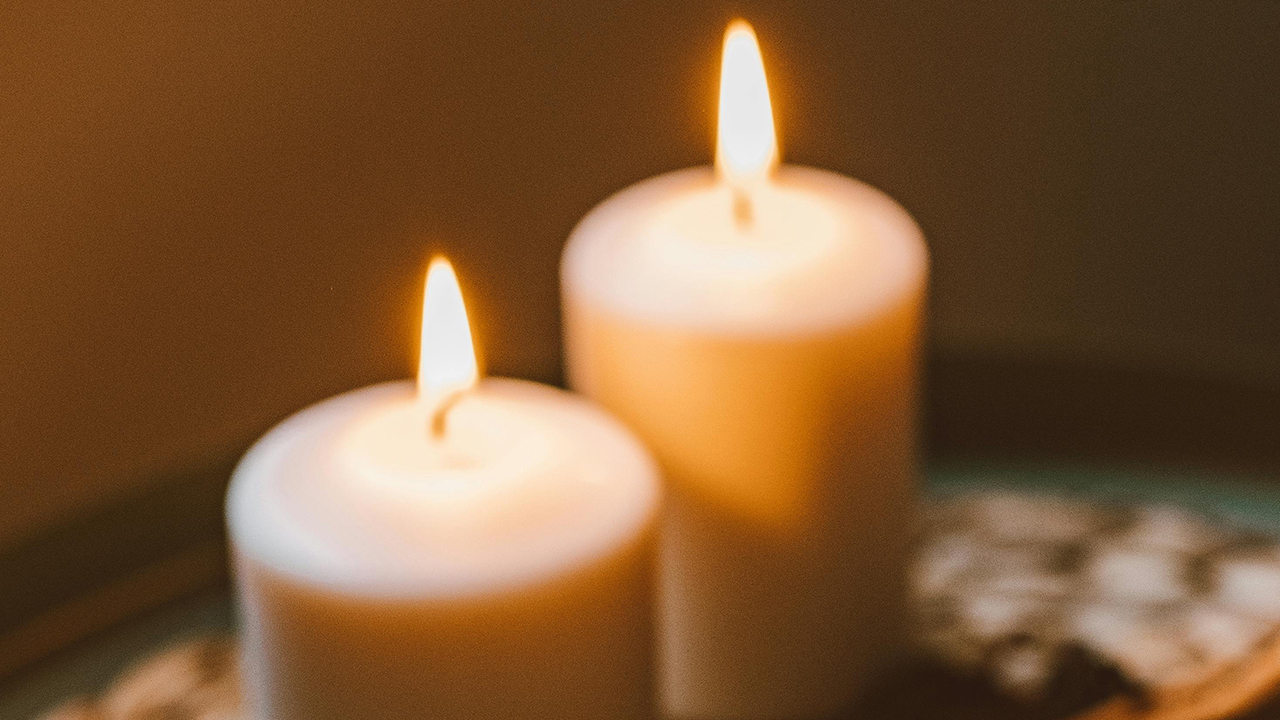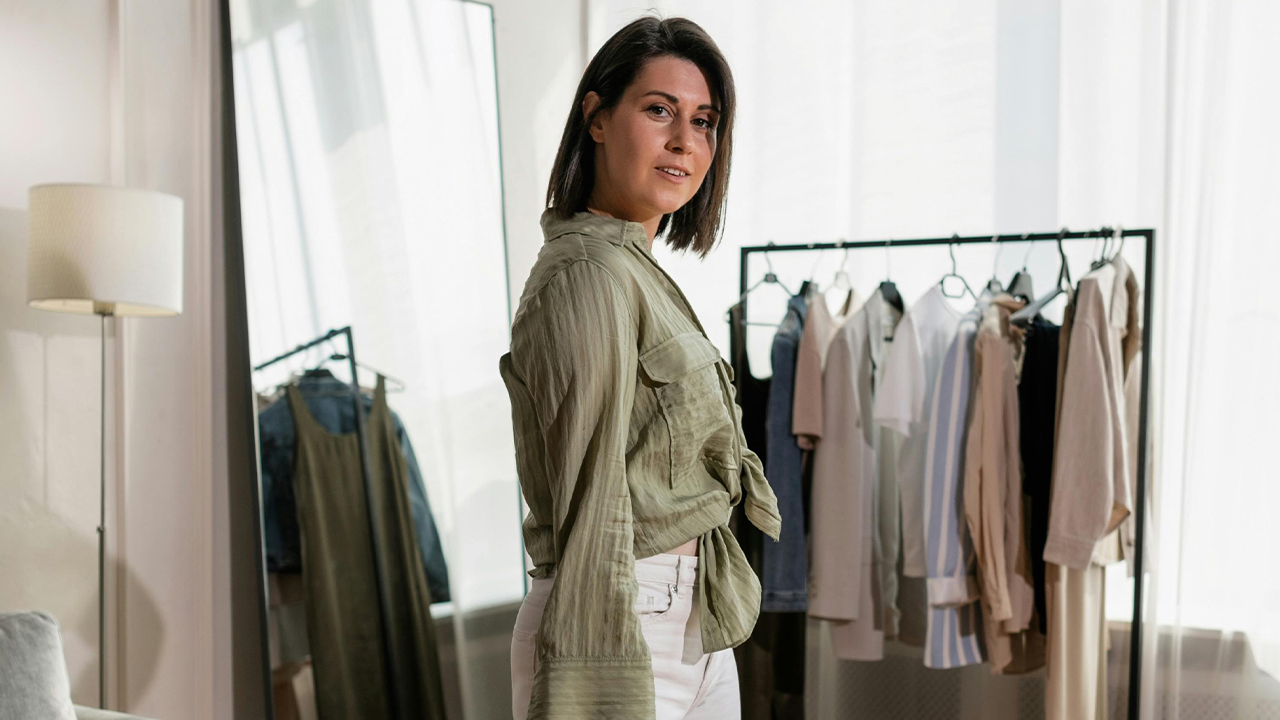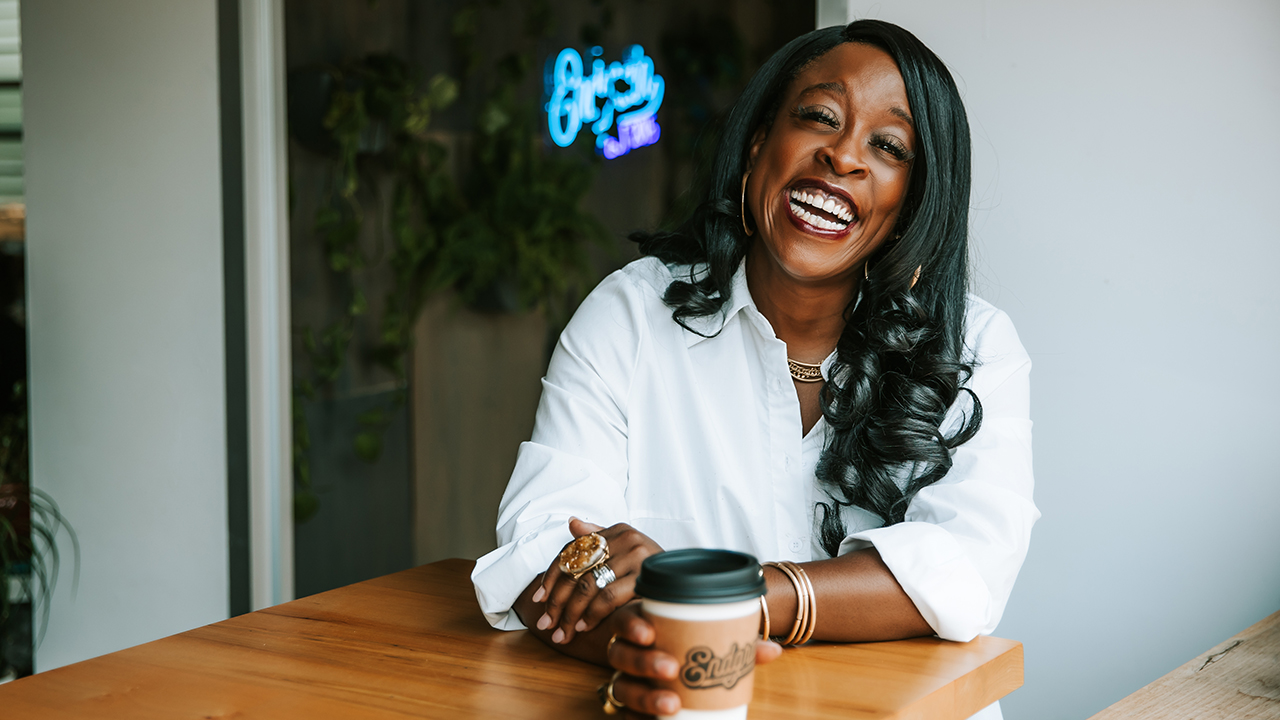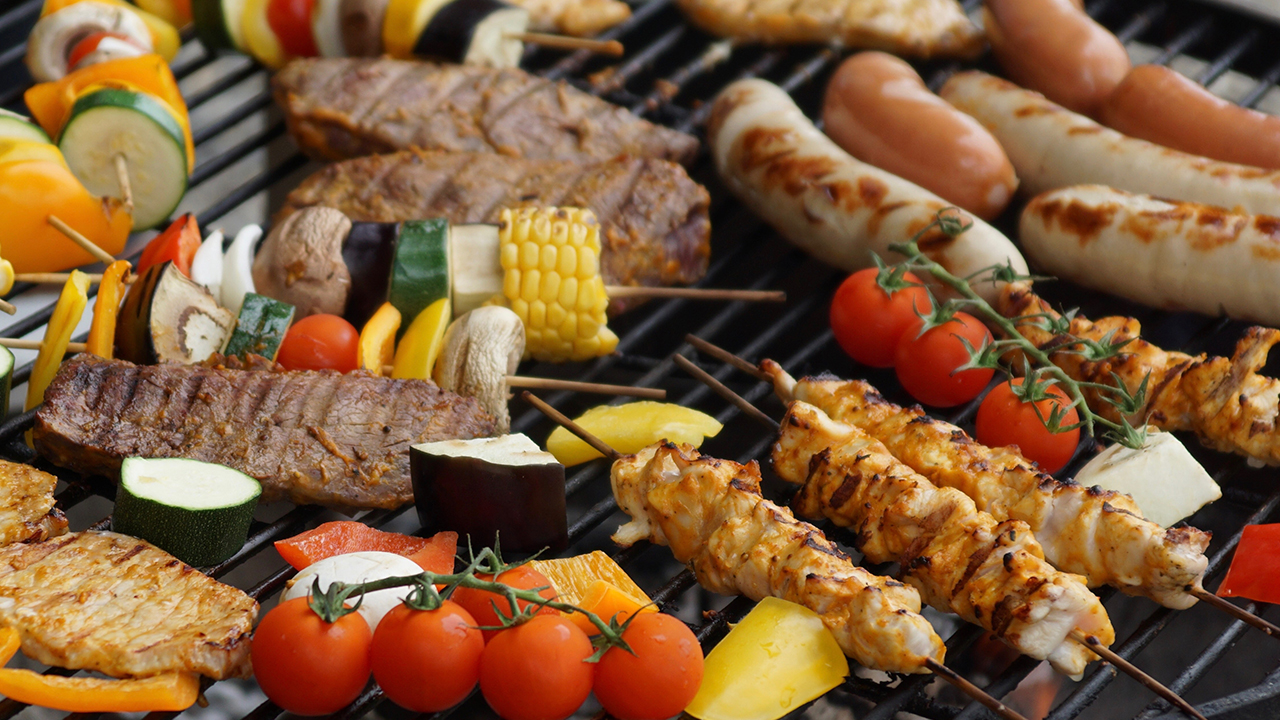
Summer Grilling Basics
{ By Jessica Gershwin }
I love the call of spring and summertime grilling. The ease of getting outside the convection heat gives such great flavor and texture to meats and vegetables. Plus, most of the fat drips away from the mean which means it can be a healthier way to cook. I say get out there.
These tips are for gas grills but some of the basic concepts work for charcoal grilling also.
Here are a few tools you might need:
- Extra-long grill tongs
- Insta Read Thermometer – takes the guesswork out of whether meat is done and avoids cutting into the meat which is a NO-NO
- Heavy-duty mitts or grilling gloves so you don’t burn your arms when trying to turn meat/veggies
- Silicone basting brush
- Heavy-duty aluminum foil
- Grill pan for indirect heat best for fish and veggies and who wants to loose half their veggies through the girl grates.
- Use a grill brush before each use and consider once a year getting your grill professionally cleaned
Basic Grilling Guide
These basics will help you learn how to grill. Remember to always follow a few rules:
- Keep your grill grate clean to prevent sticking.
- Give yourself plenty of time to prepare and heat up the grill before cooking.
- Always keep an eye on what you’re grilling.
- Do not use spray bottles of water to control flare-ups, as this will only make the fire worse. Flare-ups are caused by too much fat and too much heat. Trim any excess fat from any meat you plan to cook beforehand, and when you flip the meat, move it to a different part of the grill so as to spread out the fat drips.
- Have the proper grill tools to do the job.
- Oil the food, not the grill. Oil burns away at high temperatures so it is pointless to oil the cooking grate.
- Spice your food at least an hour before you grill to allow the flavor to sink in.
- Do not add sugary sauces or marinades to meat on the grill since this causes burning over an open flame.
- Place grilled food on a clean plate, specifically when cooking raw meat.
- Keep your grill away from anything flammable like lighter fluid, fences, your house, etc.
How to Cook Meat and Vegetables on the Grill
A hot grill will yield a high temperature, cooking food hot and fast. For thin cuts of meat and smaller items like kebabs, steaks, chops burgers, and hot dogs, turn up the heat and cook them quickly. The fast pace means you need to keep a close eye on the grill and more importantly, the food.
Hot and fast, however, isn’t the way to grill everything. Fish, chicken, vegetables, and fruit are better grilled at lower temperatures; aim for medium heat with these foods. You still need to watch these foods closely, but they generally take longer to cook at a lower temperature.
Cook Over Indirect Heat
Certain foods benefit from being cooked away from the heat source, using indirect heat. This means having the fire on one side of the grill and the food on the other. It works well for large foods like whole chickens, beef roasts, racks of ribs, and any other poultry or meat that needs a lot of time to cook. Indirect grilling allows you to successfully cook through the middle of the protein before the outside burns. If you have a large grill with several burners, it is best to place food in the middle and light the burners on either side. If your gas grill is too small for this setup, place the food on one side and light the burner on the other. You will have to rotate the food to cook it evenly.
I even love cooking my chicken on the cold side of the grill. I turn all the burners on high, sear my chicken on both sides and then I turn half the burners off and move the chicken to the “off” or cold side. It will take a little longer but it keeps the chicken moist — especially good for bone-in chicken breasts.
Temperature Guide for the Grill
With a gas grill, the temperature dials are a good indication of how high or low the heat is. There is a method to gauge temperature using only your hand. Carefully hold your hand just above the cooking grate and start counting the seconds until you cannot tolerate the heat (it will feel like your skin will burn). The longer you can hold your hand above the fire, the lower the heat. The guidelines to follow are:
- 5 Seconds = Low heat
- 4 Seconds = Medium heat
- 3 Seconds = Medium-high heat
- 2 Seconds = High heat
- 1 Second = Very high heat
Move Your Food Around the Grill
A common grilling myth is that you shouldn’t turn grilled foods too frequently. Flip when you need to; you want even cooking. Move your foods around the grill and take advantage of the space to avoid flare-ups. However, don’t be alarmed since flare-ups are bound to happen, especially with high-fat foods like steak or burgers.
Know When It’s Done
While there are general grilling time guidelines, knowing when food is done is a challenge. There are three laws of successful grilling:
- Law 1: You can cook longer, but you can’t “uncook” food.
- Law 2: Undercooked meats can kill you.
- Law 3: Trust and verify. Experience is the best tool you have when cooking to a proper doneness, but a meat thermometer is necessary to make sure you have it right.
Gas Grill Operation
The most basic benefit of a gas grill is control. With the turn of a knob, you can easily control the temperature to set it where you want it. Read the manual for your specific grill prior to using and follow these steps for successful gas grilling:
- Uncover your grill and turn on the gas supply.
- Turn on the control valves to high and light the grill (follow your grills instruction manual).
- Preheat your grill. A good grill should be hot in about 10 minutes.
- Take a grill brush and clean off the cooking surface.
- Place your food on the hot grill and remain at your grill. Food will cook quickly; if you leave, you run the risk of burning the food.
- Flip when necessary and remove when done.
- Leave the grill running on high for a few minutes.
- Take your grill brush and clean off the cooking surface.
- Turn off the control valves and fuel supply.
- Allow the grill to completely cool and replace the cover.
Lid Opened or Closed on the Grill?
Most gas grills work best with the lid closed. The lid needs to be down to generate the intense heat necessary for high-temperature grilling. Indirect grilling also requires the lid to be down.
Youtube Video: Grilling Basics
Jessica Gershman host of the Zen (ish) Mommy Podcast


